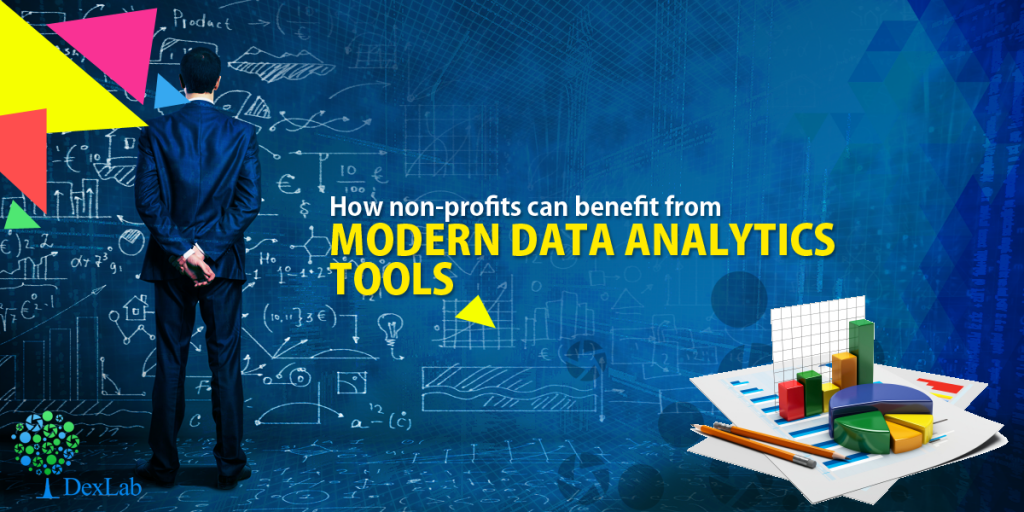Data analytics solutions in the past took several years to be planned and deployed, but those days are long gone. By adopting a few data analytics processes in their operations, non-profit organizations can streamline and improve their operations and outreach for achieving better results. Earlier this was not possible as data analytics did not adapt well with the existing technologies and processes. Also there was a lack of well-equipped personnel as the data analysis tools were so complex in nature, that it required the IT personnel to take care of analysis tasks for clients.
But the modern tools for conducting data analysis are far more flexible and easily adaptable with the existing hardware as well as software and applications and the sources from where the structured and unstructured data is gathered with grave disparities and in a variety of formats. Also these modern tools are highly user-friendly and can be used by all levels employees in an organization without needing any IT skill-set.
The modern data analysis tools allow data processing of a much greater volume in real-time while offering various user-friendly formats that are compatible on a range of smart devices this is a sharp contrasting scenario than their predecessors. Now all kinds of users have access to data insights at all times and anywhere in the world.
There will be continuum in the trend of data democratization as per the experts like Gartner, who predict that by 2017 there will be availability of self-serviced data analytics tools for all employees of an organization.
The present day analytics tools offer organizations with a host of utilitarian capabilities:
Use of BI or Business Intelligence helps companies to look at past, present and future business models to filter out an effective model for the company that will work best for its business operations and improve the bottom line objectives.
The next is the use of Predictive analytics that rides on the shoulders of statistics and machine learning to analyze a company’s past and present data to predict trends in the future. Such insightful knowledge can help businesses to adapt better and prepare for future opportunities. For instance by predicting donor behavior in the near future, non-profits will be able to know when, and how often they can get donors and will also help them find out ways in which they can contact future donors well.
With proper use of social media analytics companies can get the idea of what the public thinks about their operations and pay close attention to their brand image and reputation. They gather such valuable information from social media platforms like Twitter, FaceBook, Instagram etc. Also social media analytics is a good tool to determine how effective a company’s social media efforts are proving to be, i.e. the amount of retweets, hearts or likes garnered by the posts of the company on their social media pages.
For learning more on data management and processing and how it can help improve your business, follow our blog posts and quench your statistical thirst with Dexlab Analytics.
